Overview of Architectural Design
Architectural design plays a crucial role in shaping the spaces where we live and work. It’s not just about constructing buildings; it’s about creating environments that reflect our needs, tastes, and lifestyles. Whether it’s a cozy home, a modern office, or a public building, architectural design influences how we interact with our surroundings. The spaces architects create can inspire us, make us feel comfortable, and even improve our quality of life.
The Balance Between Creativity and Precision
Architectural design is a delicate balance between creativity and precision. On one hand, creativity allows architects to imagine and innovate. It’s what leads to unique and beautiful designs that stand out and make a statement. On the other hand, precision ensures that these creative ideas are practical, safe, and functional. Every line drawn in a design must consider real-world factors like materials, structural integrity, and building codes. The best architectural designs find harmony between these two elements, creating spaces that are both inspiring and practical.
Purpose of the Post
The purpose of this post is to explore how architects blend creativity and precision to design spaces that are not only functional but also aesthetically pleasing. We will delve into the role of creativity in bringing new ideas to life and the importance of precision in ensuring that these ideas can be realized in the physical world. By understanding this balance, you can appreciate the craftsmanship behind the spaces you encounter every day, and perhaps even apply these principles when planning your own living or working environment.
The Role of Creativity in Architectural Design
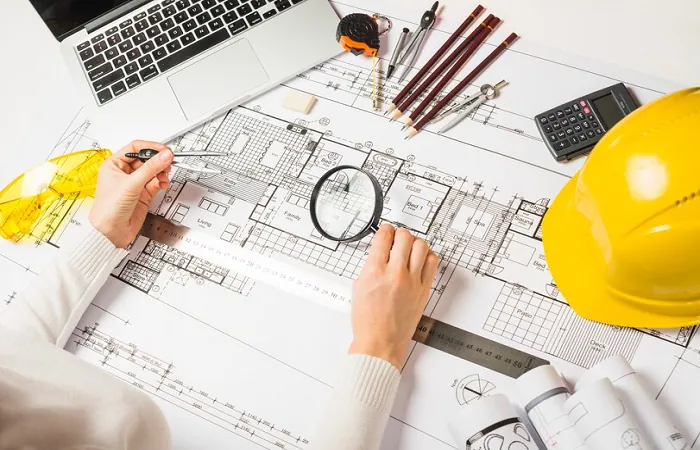
How Creativity Drives Innovation
Creativity is the engine that drives innovation in architectural design. It’s what allows architects to think outside the box and come up with fresh, original ideas that push the boundaries of what’s possible. Whether designing a skyscraper or a small home, creativity helps architects find new ways to solve problems and meet the needs of their clients. It’s through creative thinking that architects can transform simple concepts into extraordinary structures that capture the imagination and inspire those who experience them.
Creative Solutions for Unique Challenges
In many architectural projects, challenges arise that require innovative solutions. For instance, when dealing with limited space, a creative architect might design multi-functional areas or use clever storage solutions to maximize the available space. In areas prone to natural disasters, architects use creativity to design buildings that are both beautiful and resilient, incorporating features that protect against earthquakes, floods, or strong winds. These creative solutions not only address practical issues but also enhance the overall design, making the space more functional and visually appealing.
Artistic Vision in Memorable Spaces
Artistic vision is a crucial part of designing spaces that leave a lasting impression. It’s what turns a simple building into a work of art. An architect’s creative vision can shape the mood, atmosphere, and character of a space, making it unique and memorable. For example, the use of natural light, interesting materials, and unusual shapes can all contribute to a space that feels special and stands out from the ordinary. This artistic approach ensures that the design is not just practical but also meaningful, resonating with those who use the space and creating a lasting emotional connection.
In summary, creativity is essential in architectural design, driving innovation, solving challenges, and infusing spaces with artistic vis
The Role of Precision in Architectural Design
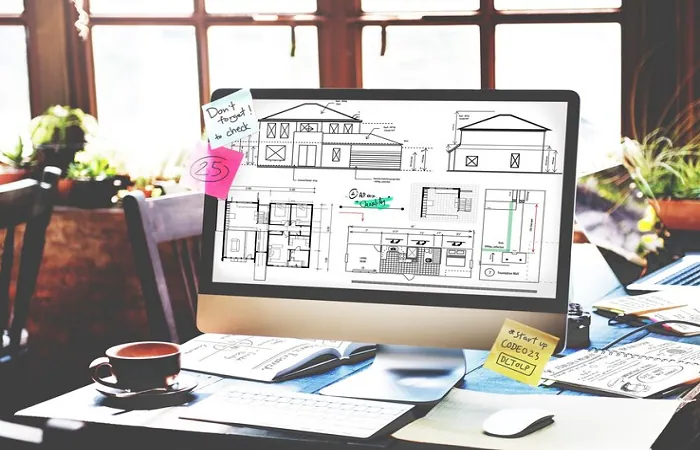
Ensuring Structural Integrity and Functionality
Precision in architectural design is crucial for ensuring that a building is not only visually appealing but also safe and functional. Every aspect of the design, from the foundation to the roof, must be carefully calculated to ensure structural integrity. This means that measurements must be exact, materials must be chosen carefully, and every detail must be planned out to prevent any issues during construction. Precise design is what keeps a building standing strong over time, able to withstand the elements and daily wear and tear, while also functioning as intended for its occupants.
Advanced Tools and Technology for Precision
In today’s world, architects have access to advanced tools and technology that help them achieve a high level of precision in their designs. Computer-aided design (CAD) software allows architects to create detailed blueprints and 3D models that can be adjusted and refined with great accuracy. Building Information Modeling (BIM) is another powerful tool that integrates data about the building’s design, construction, and future maintenance, ensuring that everything aligns perfectly from the initial concept to the final construction. These technologies make it easier to visualize the design, identify potential issues, and make precise adjustments before construction begins.
Accuracy in Meeting Building Codes and Regulations
Precision is also critical when it comes to meeting building codes and regulations. These codes are in place to ensure the safety, health, and accessibility of buildings. Architects must be meticulous in their design to ensure that all aspects of the building comply with these regulations. This includes everything from the height of ceilings to the width of doors, the strength of materials, and the layout of electrical systems. Any errors or inaccuracies can lead to costly delays, fines, or even safety hazards. By focusing on precision, architects ensure that their designs meet all necessary standards and are approved for construction without issues.
In conclusion, precision in architectural design is essential for creating safe, functional, and regulation-compliant buildings. Advanced tools and careful attention to detail help architects achieve the accuracy needed to bring their creative visions to life while ensuring structural integrity and compliance with all legal requirements.
Balancing Creativity and Precision
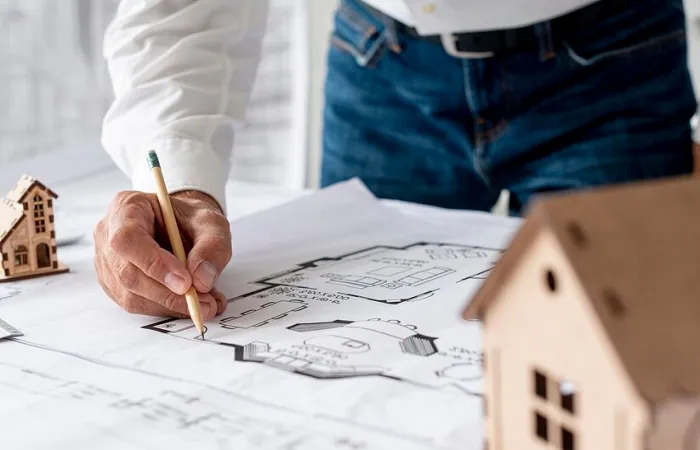
Blending Artistic Ideas with Technical Requirements
Architects must skillfully balance creativity and precision to bring their designs to life. While creativity allows architects to think outside the box and develop innovative, beautiful spaces, precision ensures that these ideas are practical and structurally sound. For example, an architect might envision a striking curved wall or an open, airy space with large windows. However, these creative ideas must be supported by precise calculations to ensure that the structure can safely support such designs. This means that every artistic concept must be carefully evaluated to meet technical requirements, such as load-bearing capacities, material strength, and environmental factors.
Collaborative Process Between Designers, Engineers, and Clients
Achieving a perfect balance between creativity and precision often involves close collaboration between architects, engineers, and clients. Architects bring their creative vision to the table, while engineers ensure that these ideas can be realized safely and effectively. This collaboration is crucial because it allows for the seamless integration of artistic and technical elements. For instance, an architect might design an aesthetically pleasing facade, but an engineer will work on the structural details to ensure it can be built. Clients also play a vital role in this process, providing input on their needs and preferences, which helps guide the design toward a solution that is both creative and practical.
Case Studies of Successful Projects
There are many successful architectural projects that beautifully showcase the balance between creativity and precision. For example, modern skyscrapers often feature unique, eye-catching designs that require innovative engineering solutions to achieve. The Burj Khalifa in Dubai, for instance, is not only a stunning piece of architecture but also a marvel of engineering, with precise calculations and advanced materials allowing it to reach incredible heights. Similarly, the Sydney Opera House is known for its iconic sail-like design, which required precise engineering to bring the architect’s creative vision to life.
In conclusion, balancing creativity and precision is at the heart of successful architectural design. By blending artistic ideas with technical expertise and fostering collaboration among architects, engineers, and clients, architects can create spaces that are both beautiful and functional, ensuring that every project is a masterpiece of design and construction.
Architectural Design Process
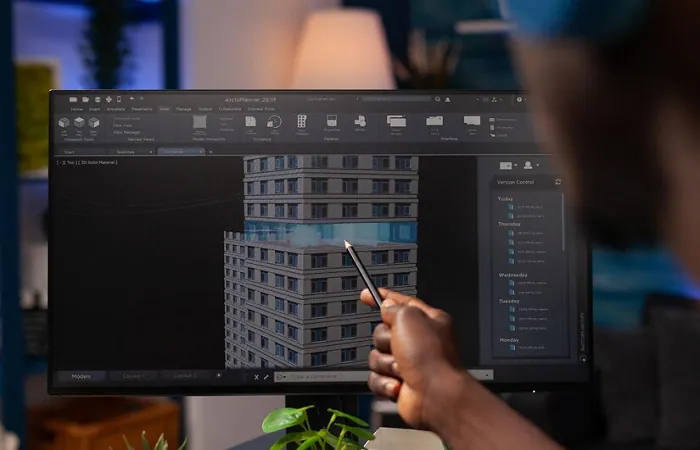
Overview of the Stages from Concept to Completion
The architectural design process is a step-by-step journey that transforms an idea into a fully realized building. It begins with the concept stage, where the architect works closely with the client to understand their needs, preferences, and the overall vision for the project. This stage is all about brainstorming and developing initial ideas that capture the essence of what the client wants. From there, the process moves through several key stages, each one building on the last, until the project is ready for construction.
Importance of Detailed Planning and Documentation
Detailed planning and documentation are crucial elements of the architectural design process. During the planning stage, architects create a series of drawings and documents that outline every aspect of the design. These documents serve as a guide for everyone involved in the project, from engineers to builders. They ensure that the design is practical, meets all necessary regulations, and can be constructed safely. Without thorough planning and documentation, even the most creative designs could face significant challenges during construction, leading to delays, increased costs, and potentially compromising the final outcome.
Key Milestones in the Design Process
Several key milestones mark the progress of an architectural project. One of the first is the site analysis, where the architect assesses the location of the project, considering factors like the environment, local climate, and existing structures. This information helps shape the design to fit the specific conditions of the site.
Next is the schematic design phase, where initial sketches and models are created to explore different design options. This phase allows the architect and client to review and refine ideas before moving forward.
Finally, the process reaches the construction document phase, where detailed blueprints, material specifications, and construction instructions are finalized. These documents are essential for guiding the builders and ensuring the project is completed according to the architect’s vision.
In conclusion, the architectural design process is a structured journey from concept to completion. It involves detailed planning, thorough documentation, and several key milestones, all of which are essential to creating a successful, functional, and beautiful building.
Examples of Creative and Precise Architectural Designs
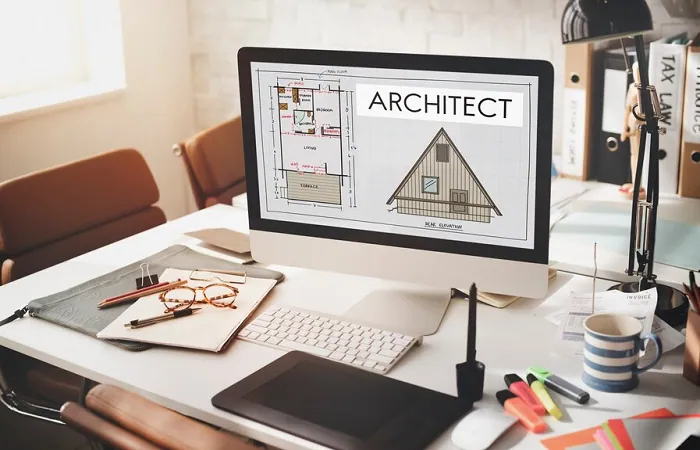
Iconic Buildings and Structures
Some buildings and structures around the world stand out not only for their beauty but also for their innovative design and meticulous attention to detail. These iconic examples demonstrate how creativity and precision can come together to create something truly remarkable. For instance, the Sydney Opera House in Australia is a perfect blend of artistic vision and engineering expertise. Its unique sail-like design was a groundbreaking achievement in architecture, requiring precise calculations and advanced construction techniques to bring to life.
Another example is the Burj Khalifa in Dubai, the world’s tallest building. The design of this skyscraper required not just creative vision but also extreme precision to ensure its stability and safety at such a great height. The building’s tiered structure, inspired by Islamic architecture, showcases a balance between aesthetic appeal and structural integrity.
What Makes These Designs Successful
The success of these architectural designs lies in their ability to marry creative ideas with precise execution. In the case of the Sydney Opera House, the creative concept of the sails required innovative engineering solutions. The structure's complexity meant that every element, from the shape of the shells to the materials used, had to be meticulously planned and executed to achieve the desired effect.
Similarly, the Burj Khalifa’s design is a triumph of both creativity and precision. The building’s unique Y-shaped floor plan not only enhances its aesthetic appeal but also provides the structural support needed to withstand high winds at great heights. The use of advanced technology and materials, along with detailed planning, ensures that this superstructure is both beautiful and functional.
Impact of Creative and Precise Designs
These examples show how successful architectural designs can inspire and influence the world around them. They become symbols of their cities, admired for both their beauty and the technical mastery behind them. By combining creativity with precision, architects can create spaces that are not only visually stunning but also stand the test of time, making a lasting impact on the landscape and on those who experience them.
Creativity and precision are both crucial in architectural design, working together to create spaces that are beautiful, functional, and enduring. Appreciating the craftsmanship behind well-designed buildings helps us understand the effort and thought that go into making these structures not just safe and practical, but also inspiring. Thoughtful architectural design has the power to transform our environments, enhancing the way we live and interact with the spaces around us. By valuing both the artistic and technical aspects of architecture, we can better appreciate the impact of great design on our lives.
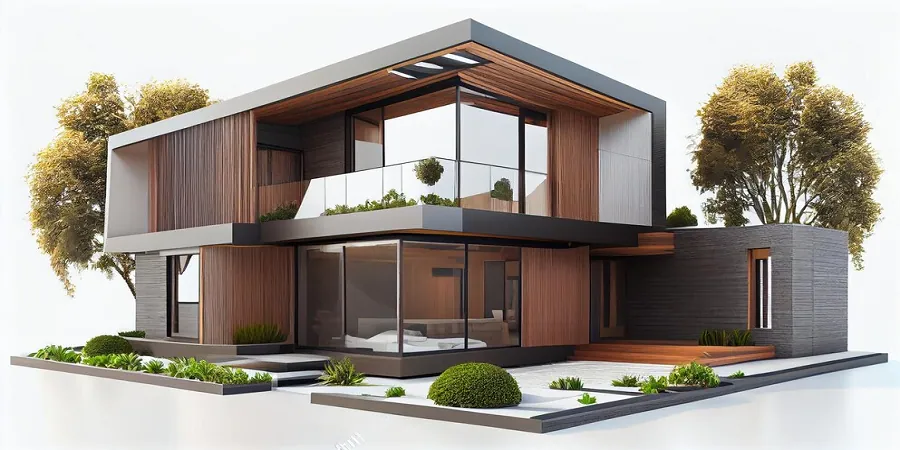
Comments